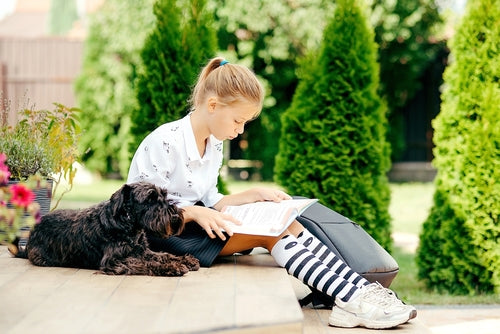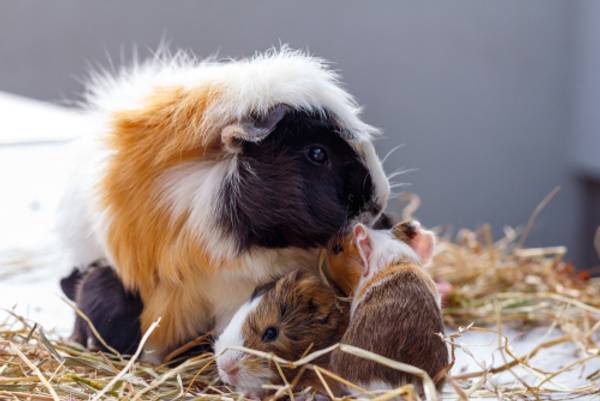Back-to-school time can bring a wave of emotions from anxiety to excitement – and that’s just for the humans in the family. Spare a thought for pets who may be about to lose the company of some of their favourite companions throughout the day, while adjusting to potentially reduced attention and new daily routines. Here are some tips to help your pets adjust to this necessary part of life:
Ease into the change
School holidays often mean extra time and attention for our pets, so it’s understandable that they may suffer from separation anxiety when suddenly left alone for extended periods. You can reduce the shock of change by ‘easing’ into leaving your pet alone. Begin by leaving the home for short periods. Gradually extend your absences until they resemble the hours you or the kids will be away on weekdays.
Practise the new schedule
As well as leaving your pet alone during the day, practise the routines you’ll be implementing around the school day in the mornings and evenings. For example, if you’ll need to feed or exercise your pets earlier or later when school goes back, introduce those new habits and times in advance so your pet has time to adjust. Too many changes at once can add to stress.
Don’t neglect exercise
Changes to routine can sometimes result in important habits falling by the wayside. It’s crucial that you maintain your pet’s exercise when school goes back. It’s worth trying longer walks or playtime sessions in the morning to tire your pet out and help them relax during the day when you’re not there. Evening playtime and walks can also be beneficial, because your pet will associate the reward with your return.
Don’t make a fuss when you go
Animal behaviour experts caution against making a song and dance of your departure and arrival when leaving a pet at home. If you show your pet extra affection, particularly as you’re leaving the home, it can become associated with stress. Likewise, when you arrive home, it’s a good idea to establish a routine where you are momentarily pre-occupied (with putting away schoolbags for example). Think of it as ‘settling in’ before you turn your attention to your pet. Of course, you should show your pet plenty of love as soon you can (just don’t associate the fuss with arrivals and departures).
Create a safe space for your pet
Pets need a haven that they know is just for them. Create a safe space with a bed and blankets for resting, as well as toys and treats for entertainment and distraction. Putting the toys away when you arrive home can also help your pet to associate your absence with pleasure and reward.
Try noise
If your pet has become used to the noise of a family being home all day, it might be helpful to make sure you don’t leave the home in complete silence. Try leaving the television or radio running, or search for calming music playlists online.
Monitor your pet’s behaviour
You’ll never really know how your pet is coping with your back-to-school routine unless you monitor its behaviour. When practising leaving your pet alone, hang around outside to listen for crying. You could also set up a camera, like a web cam or baby monitor, to watch your pet’s reaction. And when you return home each day, check for signs of destruction (like chewed furniture or scratched doors) that may indicate your pet was distressed in your absence.
If none of the above suggestions appear to be working, have a chat with your local Just For Pets independent pet store, there are lots of items available to help with separation anxiety; like toys to help with mental stimulation and calming alternatives to take the edge off the anxiety.





